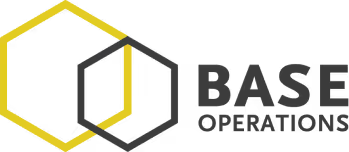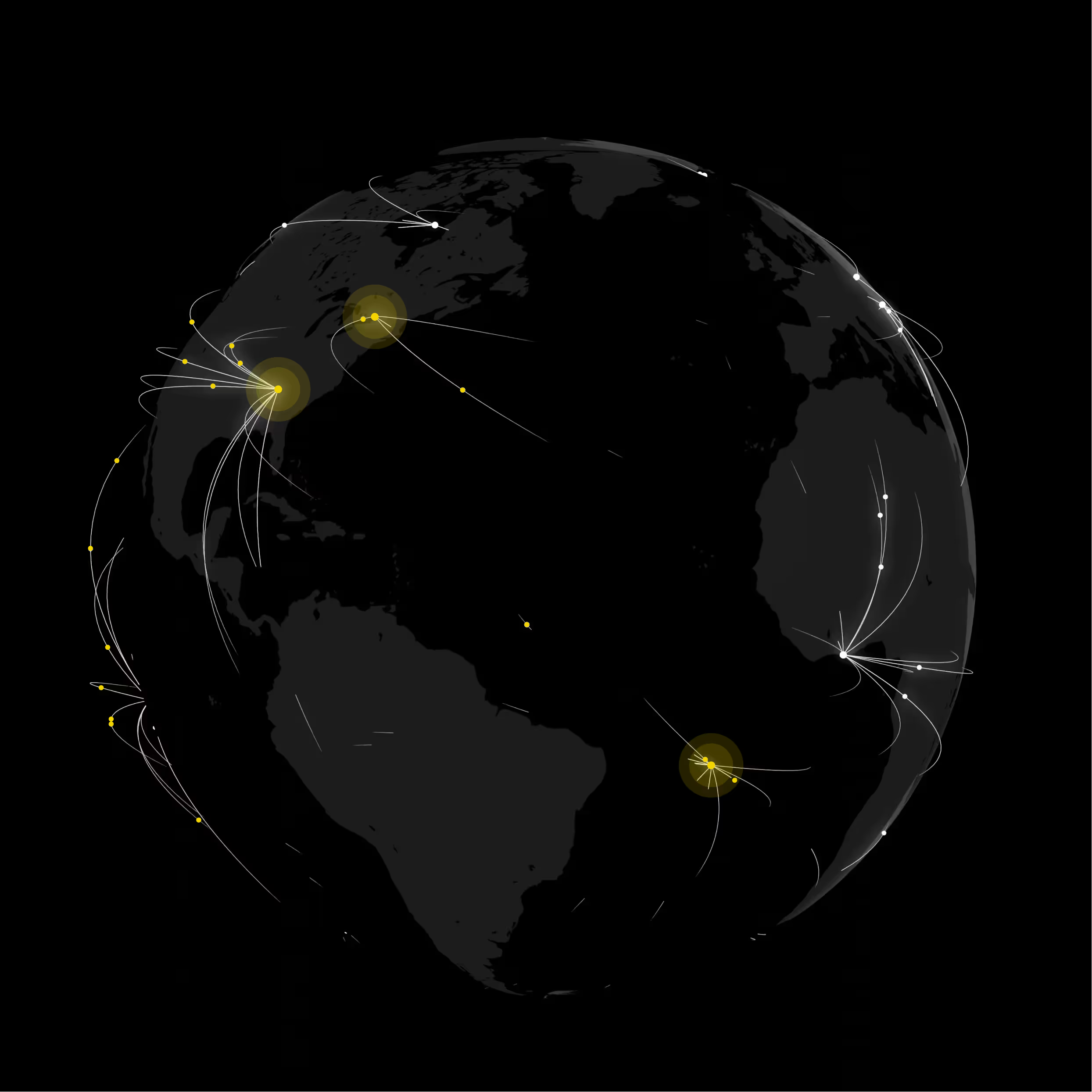
Global 3PL Scales Route Security Analysis 4x While Cutting Assessment Costs 75%
Major logistics provider transforms route threat intelligence operations across 400+ North American corridors, scaling analyst capacity while delivering comprehensive security guidance to operations teams and drivers.

4x capacity increase
400+ routes covered
New freight contracts
Challenge
US-based Risk Intelligence team managed quarterly risk assessments across 400+ supply chain routes spanning over 500 miles each, requiring coordination across multiple threat data systems, crime databases, and mapping tools to evaluate truck depot points and cargo theft risks.
Solution
Implemented Base Operations to upload key destinations across hundreds of routes, generating automated threat assessments with 5-mile radius analysis at each location and BaseScore analytics to track monthly threat changes across routes.
Results
Background
As a top 10 global third-party logistics company operating across 170+ countries, this logistics leader faced the complex challenge of securing supply chain operations across North America's most critical freight corridors. The company's US-based Risk Intelligence team carried responsibility for over 400 routes across the continent, each requiring quarterly security assessments to protect drivers, cargo, and operational continuity.
The scale of this challenge was immense. Routes often spanned over 500 miles with multiple stops before reaching final destinations. Each assessment required evaluating threats across loading docks, truck stops, and depot points while accounting for crime patterns, cargo theft data, and evolving security conditions. The team's previous approach involved juggling multiple systems to gather threat intelligence, creating bottlenecks that limited their ability to provide timely, comprehensive guidance to operations teams.

The Security Intelligence Challenge
The logistics provider's security team operated in a reactive environment where manual intelligence gathering consumed critical resources. Analysts spent significant time sourcing and correlating data from disparate crime databases, truck depot security reports, and regional threat feeds. This manual approach created several operational challenges:
Resource Constraints: With a 50:1 ratio of routes to analysts, the team struggled to maintain comprehensive coverage across their extensive North American footprint.
Data Inconsistency: Multiple systems provided varying levels of detail and reliability, making it difficult to establish standardized risk baselines across different regions.
Limited Scalability: Manual processes prevented the team from expanding their analysis capabilities to match the company's growing operational demands.
Implementing Proactive Route Intelligence
Within days of implementing Base Operations, the logistics provider uploaded all key destinations across hundreds of routes, creating a comprehensive mapping of loading docks, truck stops, and depot points. The platform's automated threat assessment capabilities immediately transformed their workflow.
Using Base Operations' 5-mile radius analysis, the team generated dozens of reports across each location, creating comprehensive route analysis that identified crime and unrest hotspots throughout each corridor. This granular approach enabled security teams to prepare operations personnel and drivers with specific guidance for each segment of their routes.

The addition of BaseScore within these assessments provided analysts with a dynamic representation of monthly threat changes across routes. This capability allowed the team to flexibly adjust routes as crime trends shifted over time and across different geographic areas, moving from reactive incident response to proactive route optimization.
Scaling Security Operations
The impact of automated reporting became immediately apparent in the team's operational capacity. Report automation helped the organization scale their security teams and increased capacity by 4x, transforming their route-to-analyst ratio from 50:1 to 200:1. This efficiency gain meant the same team could now provide comprehensive coverage across their entire North American footprint without sacrificing analysis quality.
The success of standardizing their approach on a single platform encouraged deeper collaboration with Base Operations to develop an advanced Route Analysis framework. This evolution moved beyond the original implementation to create comprehensive risk scores per route, establishing a foundation for Advanced Routing Recommendations.

Advanced Route Analysis and Business Impact
The enhanced Route Analysis capability provided more than overall route risk scores - it delivered granular alternatives to suggest safer directions for drivers en-route from one stop to another. This level of detailed guidance represented a significant advancement in operational security, enabling drivers to make informed decisions about route modifications based on real-time threat intelligence.
The organization realized efficiency gains across teams and improved safety for drivers, but the strategic impact extended beyond internal operations. During RFPs for long-term freight arrangements, these advanced security capabilities materialized as value-add incentives for customers, providing a differentiator in their 3PL services compared to less innovative competitors.
Strategic Business Advantage
Operational Excellence: The 4x capacity increase enabled comprehensive coverage across their entire North American route network while reducing assessment completion time. This efficiency gain transformed how security teams could respond to emerging threats and support operations planning.
Competitive Differentiation: During RFPs for long-term freight arrangements, these advanced security capabilities materialized as value-add incentives for customers, providing a differentiator in their 3PL services compared to less innovative competitors. The ability to demonstrate proactive threat mitigation became a significant competitive advantage.
Ongoing Innovation and Expansion
The success of the Route Analysis implementation established a foundation for continued innovation in supply chain security. The automated framework continues to evolve, incorporating new data sources and expanding coverage areas to match the company's global operations.
This case demonstrates how street-level threat intelligence can transform complex operational challenges into strategic advantages. By providing granular, actionable insights across their extensive route network, Base Operations enabled this logistics leader to protect their people and assets while delivering enhanced value to customers in an increasingly competitive market.






